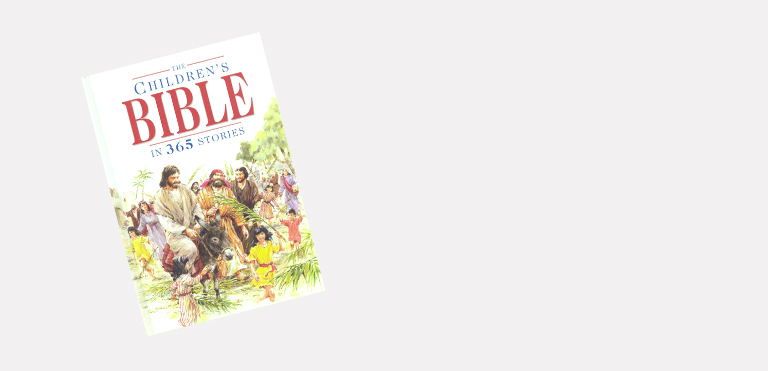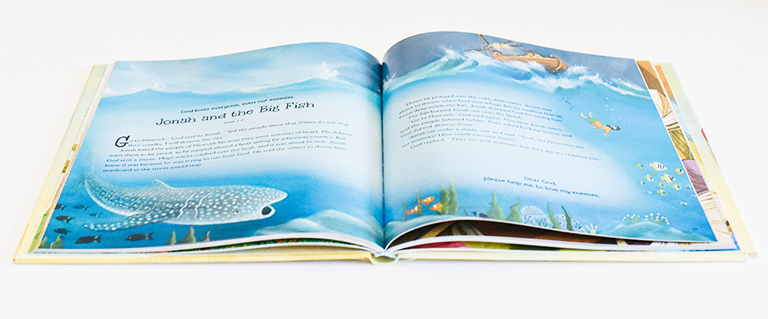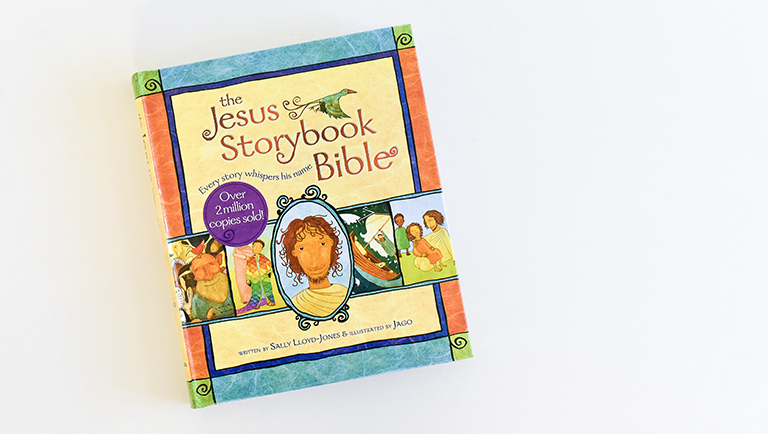The Children’s Bible in 365 Stories is one of so many children’s Bibles. It’s easy to feel overwhelmed by the variety and unsure which is best for your bookshelf. So, here at ICM, we’ve compiled our thoughts in this blog series where we’ll be reviewing some of today’s most popular children’s Bibles. Once you find your fave […]
Reviews
Children of God Storybook Bible: A Review
Children of God Storybook Bible is one of so many children’s Bibles. It’s easy to feel overwhelmed by the variety and unsure which is best for your bookshelf. So, here at ICM, we’ve compiled our thoughts in this blog series where we’ll be reviewing some of today’s most popular children’s Bibles. Once you find your fave […]
The Jesus Storybook Bible: A Review
The Jesus Storybook Bible is one of so many children’s Bibles. It’s easy to feel overwhelmed by the variety and unsure which is best for your bookshelf. So, here at ICM, we’ve compiled our thoughts in this blog series where we’ll be reviewing some of today’s most popular children’s Bibles. Once you find your fave children’s Bible, […]



